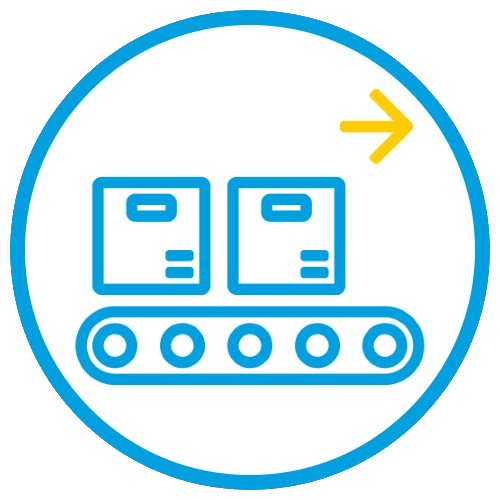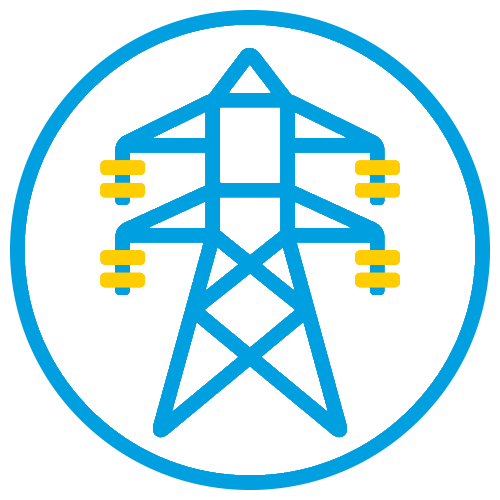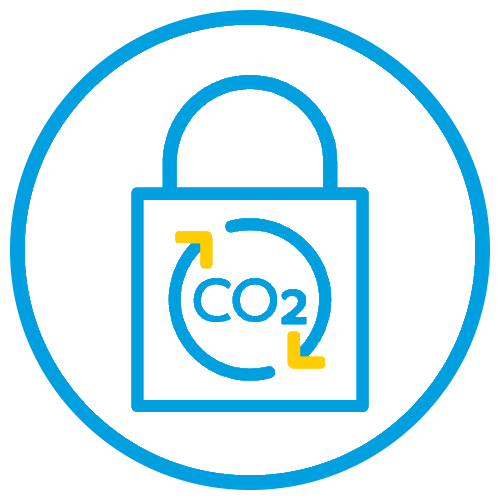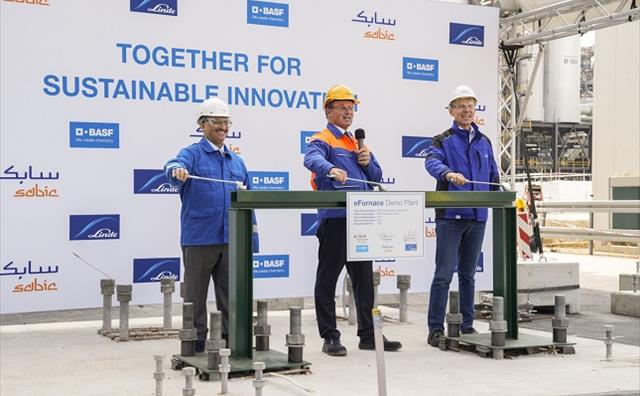
Climate, Energy and Resource Efficiency
SABIC is committed to playing its part in addressing the global challenge of climate change. As a signatory of the Responsible Care® Global Charter and operator of Responsible Care-certified facilities, we strive to be a responsible steward of the environment.
We are continuously improving our manufacturing processes to reduce material losses and infuse the concept of a circular carbon economy, whereby waste and other by-products of manufacturing become valuable production inputs.
Our Path to Carbon Neutrality by 2050
As a global leader in the petrochemical industry, we pledged to ensure our operations are carbon neutral by 2050. To realize this ambition, we developed our Carbon Neutrality Roadmap, which lays out our company’s plans to decarbonize all owned operations, with interim goals along the way. The roadmap identifies the five pathways we will take to reach total decarbonization:
-
Energy Efficiency & Improvements

-
Renewable Energy

-
Electrification

-
Carbon Capture

-
Green/Blue Hydrogen

Our Targets
By 2030 – We will reduce our direct and indirect greenhouse gas (Scope 1 & 2) emissions by 20% from a 2018 baseline. We will also work with our partners to reduce our indirect Scope 3 emissions along the value chain.
By 2050 – We will fully decarbonize our operations in line with the goals of the Paris Agreement*.
Reducing the Impact of our Global Operations
We aim to ensure all our buildings and industrial processes are efficient and environmentally responsible. To achieve this, we’ve focused our efforts on increasing the efficiency of our operations, reducing waste and our carbon emissions:
- Greenhouse Gas Reductions
Our Carbon Neutrality Roadmap above lays out our company’s plans to decarbonize all owned operations.
- Energy
We are committed to using renewable energy to power our operations and electrifying our energy intensive manufacturing processes.
- Water
We operate manufacturing facilities in water-stressed regions and have committed to reducing our water intensity through optimizing water usage and maximizing water reuse. Learn more about our approach.
- Material Loss
Minimizing material loss is essential to improving our overall efficiency, reducing costs and promoting sustainable practices. We’re implementing process monitoring and controls, optimizing our production processes to reduce waste generation.
- Waste
As we transition toward a circular economy, we are applying rigorous waste-management principles including waste identification, segregation, packaging, labeling, storage and transportation. Learn more about our approach.
Across all metrics we track – greenhouse gas (GHG) emissions, energy use, freshwater use, material loss, and flaring reduction – as of 2024** we have steadily improved our efficiency since 2010***.
-
GREENHOUSE GAS INTENSITY
22.7%
reduction
-
Flaring
emissions49.9%
reduction
-
ABSOLUTE GHG (tCO2e)****
(TOTAL SCOPES 1&2)
13.95%
reduction
-
Energy
intensity15.6%
reduction
-
Water
intensity21.0%
reduction
-
Material-loss intensity
56.3%
reduction
-
Total CO2 utilization
3.95
(million t)
Process Innovation
In partnership with BASF and Linde, we have built the world’s first demonstration plant for large-scale electrically heated steam cracker furnaces. The new technology has the potential to reduce the CO2 emissions of one of the most energy-intensive production processes in the chemical industry by at least 90% using electricity from renewable sources instead of natural gas.

Solutions for customers' sustainability goals
We are developing solutions that offer our customers – and in turn, their customers – solutions that can help them to meet their sustainability goals, from securing higher crop yields to using more sustainable or recyclable packaging and products.
To support this effort, we’ve launched two flagship initiatives:
- TRUCIRCLE™, a portfolio of innovative products and services that are designed to accelerate circularity and help reduce carbon footprints.
- BLUEHERO™, an ecosystem of materials, solutions, expertise and programs designed to help accelerate the world’s energy transition to electric power and support meeting global goals on climate change.
Learn more about how we are advancing new products and delivering technical and process improvements across our petrochemical, agri-nutrients and specialties businesses.
MEASURING OUR IMPACT
To gauge the sustainability of our products and drive greater impact in the future, we are using the Portfolio Sustainability Assessment (PSA), a robust, credible framework used to evaluate the sustainability performance of our product portfolio.
We have also implemented lifecycle assessments (LCAs) and Product Carbon Footprints (PCFs) to evaluate products against our environment, social and economic commitments. These efforts will help us track existing efforts and steer our portfolio toward more sustainable solutions in a transparent way.

Learn More
See how we advanced these initiatives in 2024. Download our 2024 Integrated Annual Report here.
* We committed to the Paris Agreement goals and will continually pursue efforts and explore solutions to meet carbon neutrality from operations under our control by 2050, taking into account the different regional and national ambitions, commitments and initiatives.
** Limited assurance by PricewaterhouseCoopers Public Accountants (PwC)
*** These metrics illustrate performance changes in greenhouse gas (GHG) emissions, energy use, freshwater use, material loss, and flaring reduction compared to 2010. Total CO2 utilization is the absolute usage in 2024. The intensities are based on units per metric ton of external product sales.
**** From 2018 baseline
